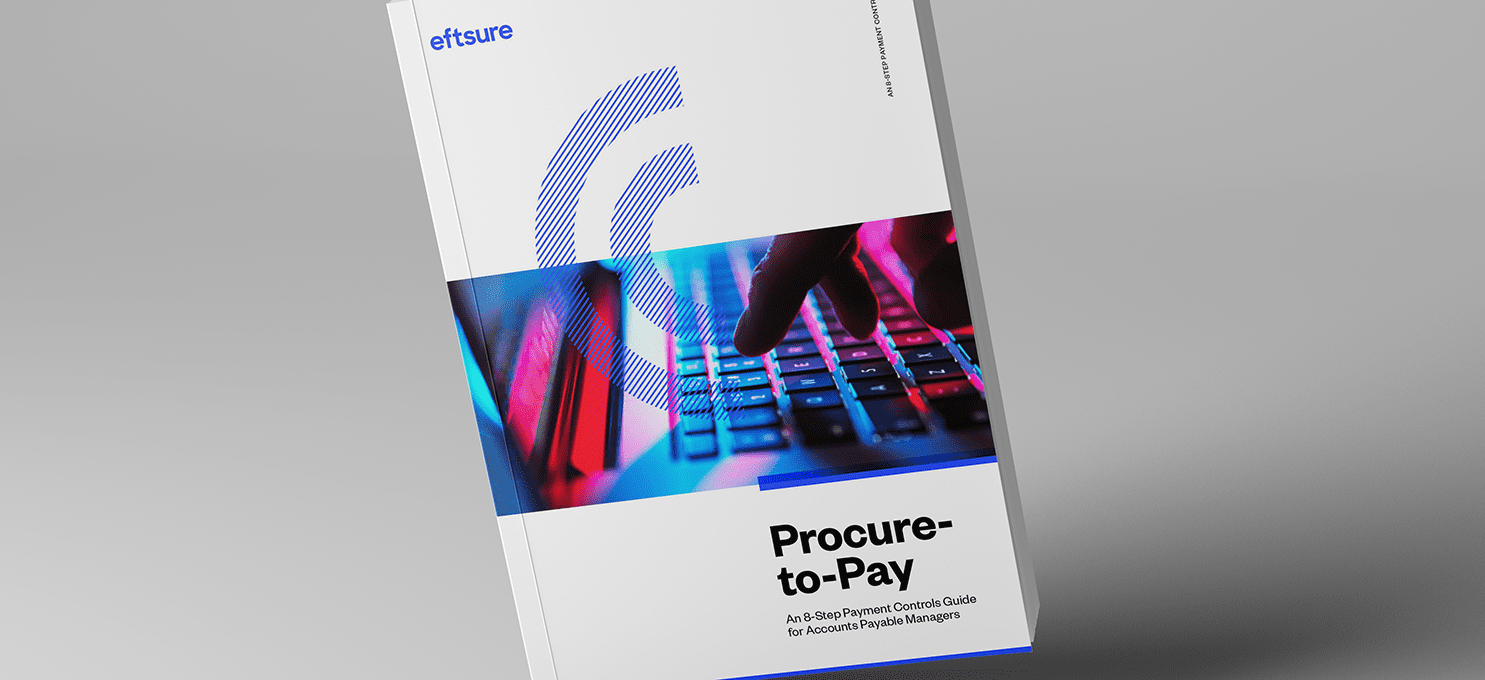How Do Banks Investigate Unauthorised Transactions?
Unauthorised transactions, whether due to fraud or errors, can be a stressful experience for consumers. When a bank customer notices an unfamiliar …
A well-established internal control framework is a key component of a robust risk management strategy. But how can you determine if you have effectively designed controls in place?
According to the internal controls and governance 2022 report, 48% of all internal control deficiencies identified in 2021-2022 were repeat findings. The absence of adequate internal controls leaves an organisation vulnerable to a heightened risk of fraud and errors. And, in turn, those can lead to substantial financial losses and permanent reputational harm.
Want to evaluate the effectiveness of your internal controls? Let’s explore the important components, types and limitations.
The Committee of Sponsoring Organisations of the Treadway Commission (COSO) defines internal controls as “a process, effected by an entity’s board of directors, management, and other personnel, designed to provide reasonable assurance regarding the achievement of objectives relating to operations, reporting, and compliance.”
In other words, they’re an essential component of any financial management system, especially in the Accounts Payable (AP) function, which focuses on managing payments, tracking expenses and ensuring proper documentation.
For AP teams, financial controls play a critical role in maintaining the integrity of financial data and preventing fraud, errors and mismanagement. They provide a systematic and comprehensive approach to managing financial transactions and ensure that payments are authorised, accurate and properly documented.
A recent survey conducted by KPMG found that while many organisations are embracing digital transformation, nearly half of the organisations’ controls remain “patchy, undocumented, not automated and lacking clear ownership.”
Failure to have the necessary internal controls in place may be exposing your organisation to increased risk of fraud or error.
This is especially critical in AP functions. After all, this is the department responsible for the outflow of funds from the organisation. It’s vital that proper procedures are in place to ensure an organisation protects its assets, including its financial assets. According to CPA Australia, there are seven objectives when it comes to internal controls:

The internal controls structure consists of five inter-related components:
There are several types of internal controls, including preventative controls, detective controls and corrective controls. Understanding the different types of internal controls is important in developing a comprehensive internal control system that effectively manages risk and promotes efficiency in an organisation.
The main controls we’ll be looking at are preventative, detective and corrective controls.
Preventive controls help your organisation prevent fraud or errors. A good example would be segregation of duties. By having different members of your team responsible for different steps in the payment cycle, you can reduce the risk of internal threats, such as the manipulation of invoice payment records. They’ll also help you identify any errors that could lead to incorrect payments.
Examples of preventative controls:
Detective controls are designed to identify fraud or errors after the fact so that you can enhance processes to ensure they don’t happen again. Audits are an important example of detective controls. When conducting one, auditors will seek to reconcile processed payments with invoices and purchase orders. Reconciliation will help identify anomalies, which leaders can then investigate further to uncover any gaps that need remediating.
Examples of detective controls:
Corrective controls play a crucial role in maintaining the integrity of the accounts payable process and reducing the risk of fraud. They help to ensure that the accounts payable team is following best practices and you can address any potential problems, reducing the risk of financial loss and damage to the organisation’s reputation.
Examples of corrective controls:
Discover the difference between manual versus automated controls, and which types are best for accounts payable teams.

From losing face with partners to losing cold hard cash, weak internal controls can lead to serious consequences for an organisation. Here are some of the biggest ones.
Weak internal controls can leave an organisation vulnerable to fraudulent activities, such as embezzlement, theft and other financial crimes.
The lack of adequate controls can lead to errors, waste or mismanagement of resources, potentially resulting in significant financial losses.
With ongoing supply chain disruptions and uncertainty, strong partnerships are more important than ever. Organisations need good relationships with their suppliers to help navigate circumstances or events that are outside the company’s control. But poor internal controls can damage an organisation’s reputation and relationships with suppliers, leading to a loss of credibility and trust. And it might damage a supplier relationship right when you need it most.
Human error and even malicious external activity, like cyber-criminals or fraudsters scamming your AP team, can land organisations in hot water with regulators. Strong controls and procedures help you ensure you’re compliant with relevant regulations, and they can help you prove that compliance to external auditors and regulators.
Last but not least, inefficient or inadequate controls can cause double-up and wasted resources. Further, with the cost of AP team operations continuing to rise, you’ll want to make sure you’re keeping up morale and reducing the amount of tedious manual tasks that AP staff need to perform. Smart, strong controls are important for keeping staff efficient and retaining talent within your organisation.
Every organisation will have different goals and circumstances, which means every control framework will look a little different. So it’s essential that every organisation bring together all relevant internal stakeholders to develop, implement, maintain and adjust internal controls that meet the organisation’s unique needs.
For the AP team, relevant stakeholders will likely include the CFO, AP manager and Internal Auditor. Other stakeholders might include the Chief Risk Officer or the Chief Information Security Officer.
The most common type of controls that prevent fraud from occurring include:

Many organisations make valiant attempts to implement internal controls, but struggle when it comes to ensuring they’re actually effective. Often, controls look good on paper but aren’t always effective in practice. When a task slows down a process – and isn’t standardised or automated – it’s only human to cut corners or skip a step in order to get something over the line.
But cyber-crime rates are on the rise.
Cyber-criminals are continuously hunting for new ways to circumvent your controls and defraud your organisation – and rapidly evolving technology is giving them a leg up. There’s never been a more important time for CFOs and finance leaders to prioritise strong, robust accounts payable internal controls that protect against scammers and fraudsters.

Unauthorised transactions, whether due to fraud or errors, can be a stressful experience for consumers. When a bank customer notices an unfamiliar …
For years, industry experts have been making predictions about what the finance function would look like in 2025. Many of the reports, …
The finance industry is extremely susceptible to data breaches. In fact, in 2023, it was the most breached industry and accounted for …
Eftsure provides continuous control monitoring to protect your eft payments. Our multi-factor verification approach protects your organisation from financial loss due to cybercrime, fraud and error.